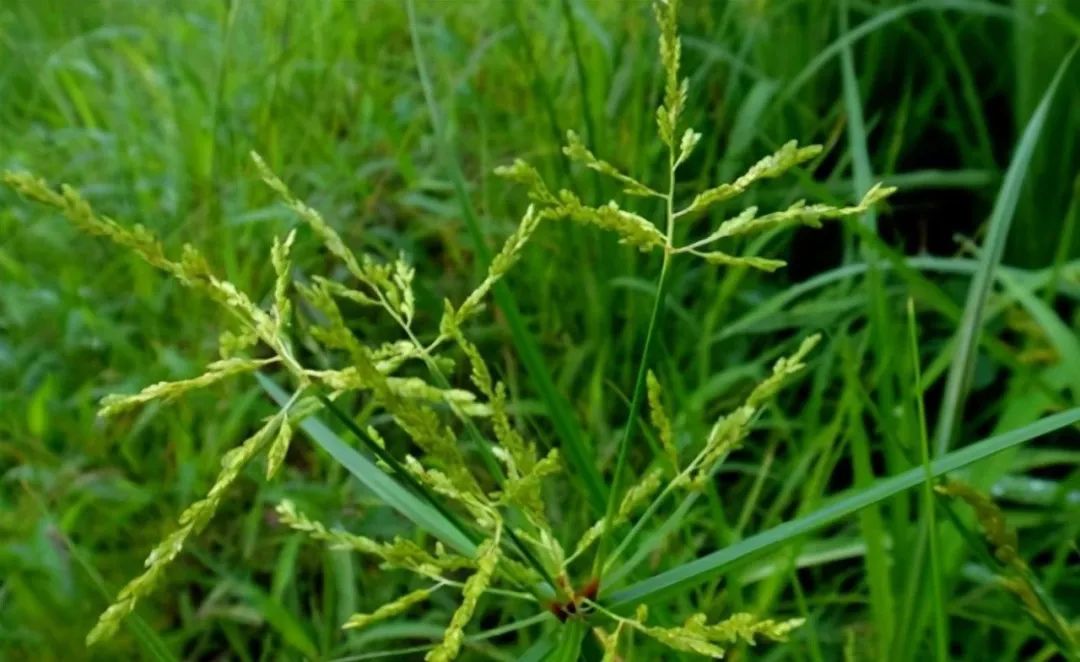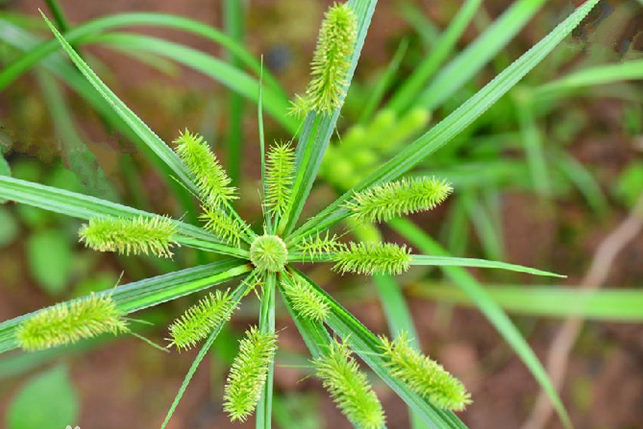There are various types of weeds in rice fields, including broadleaf weeds, leaf tip grass, and sedges. The occurrence of weeds may vary depending on the region, and their resistance levels can also differ. Therefore, weed control in rice fields poses certain difficulties for farmers.
Weed species
Common broadleaf weeds in rice fields include Sagittaria trifolia, Monochoria Vaginalis, Rotala indica, Herba Alternantherae, and Potamogeton distinctus.

Common grassy weeds in rice fields include barnyard grass, Semen Euphorbiae, double-spike barnyard grass, Digitaria sanguinalis, Goosegrass Herb, beckmannia syzigachne, and dog's tail grass.

Common sedges in rice fields include Cyperus rotundus and Cyperus rotundus.


Challenges in Weed Control
The increasing difficulty in weed control is mainly attributed to the growing resistance of weeds, while the development of herbicides lags behind. Farmers have been using certain herbicides for many years, and although increasing the dosage may yield some results, it leads to a vicious cycle of using more herbicides with diminishing effectiveness. Moreover, excessive herbicide use can cause damage to rice crops.
How to use herbicides correctly
1. Select herbicides that are safe for the rice variety in the field. Ensuring crop safety is the fundamental principle of herbicide application, as misuse can result in yield reduction or even crop failure.
2. Choose herbicides that are safe for the subsequent rotation crops after rice.
3. Opt for herbicides that do not pose harm to surrounding crops or fish ponds to prevent herbicide drift.
4. Avoid using herbicides that have already shown clear resistance in the target rice fields and related herbicides.
Weed management during rice growth
1. Before sowing, use herbicide such as Swirl application of propachlor to control weed growth. Alternatively, within 1-4 days before sowing, apply a pre-emergence treatment of bensulfuron-methyl (35%) with an appropriate adjuvant at a rate of 100ml/acre.
2. In case of continuous rainy weather after sowing, when pre-emergence treatment cannot be carried out promptly, early-stage foliar treatment can be done using safer herbicides such as cyhalofop-butyl, and adding propachlor can control non-emerged weeds.
3. For mid-season treatment, if the previously treated field still has weeds within the 5-leaf stage, choose herbicides such as cyhalofop-butyl combined with Propanamide and 2,4-D dimethylamine salt or Huangongchu to control grassy weeds and Broad sedges.
4. For late-stage supplementary spraying targeting resistant grassy weeds like barnyard grass and Semen Euphorbiae, the recommended herbicide is(Qianjindi) at a sufficient water volume for thorough weed coverage. If there is a need to control Gramineae weeds such as barnyard grass and Semen Euphorbiae after rice tillering, is the safest and most efficient choice.